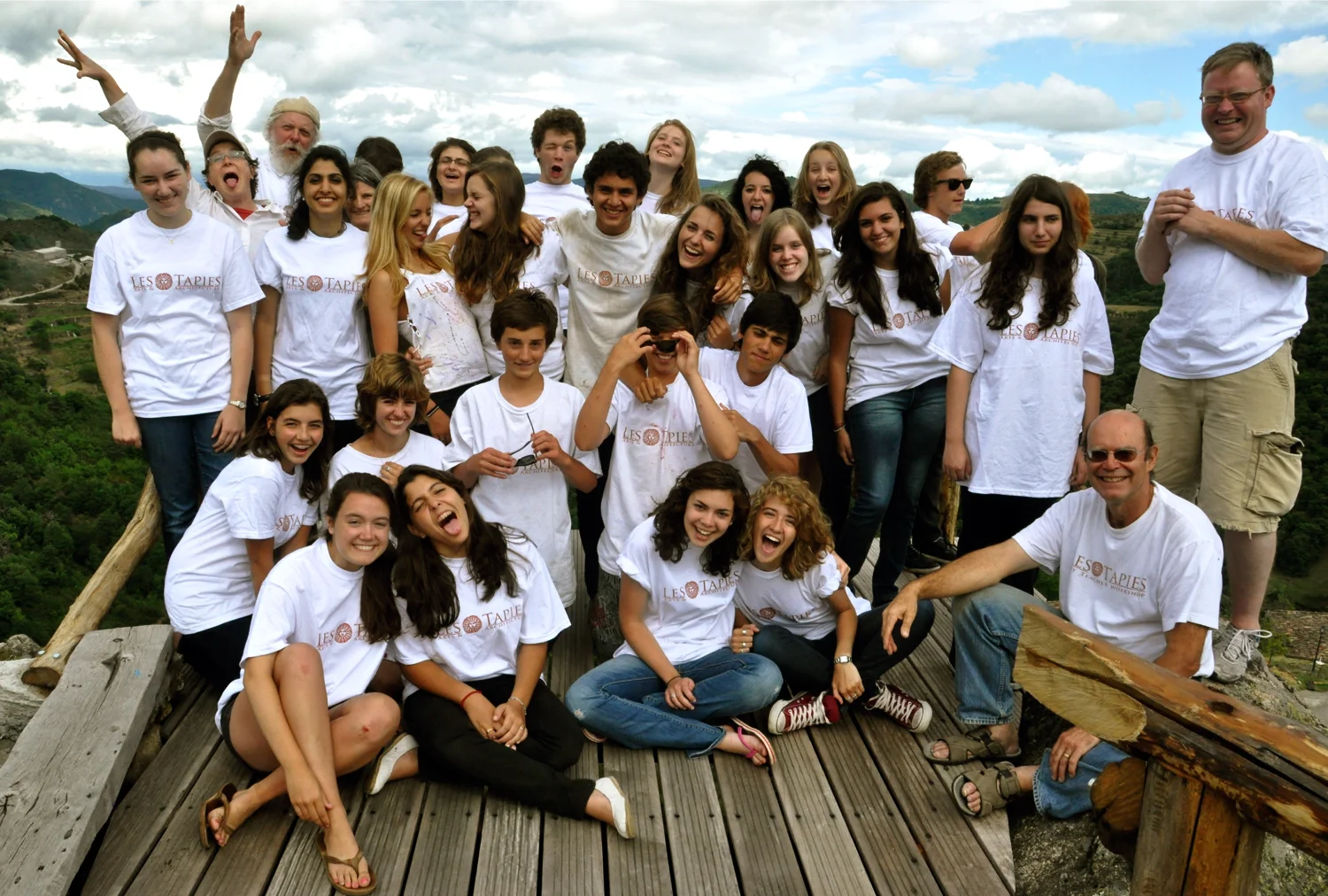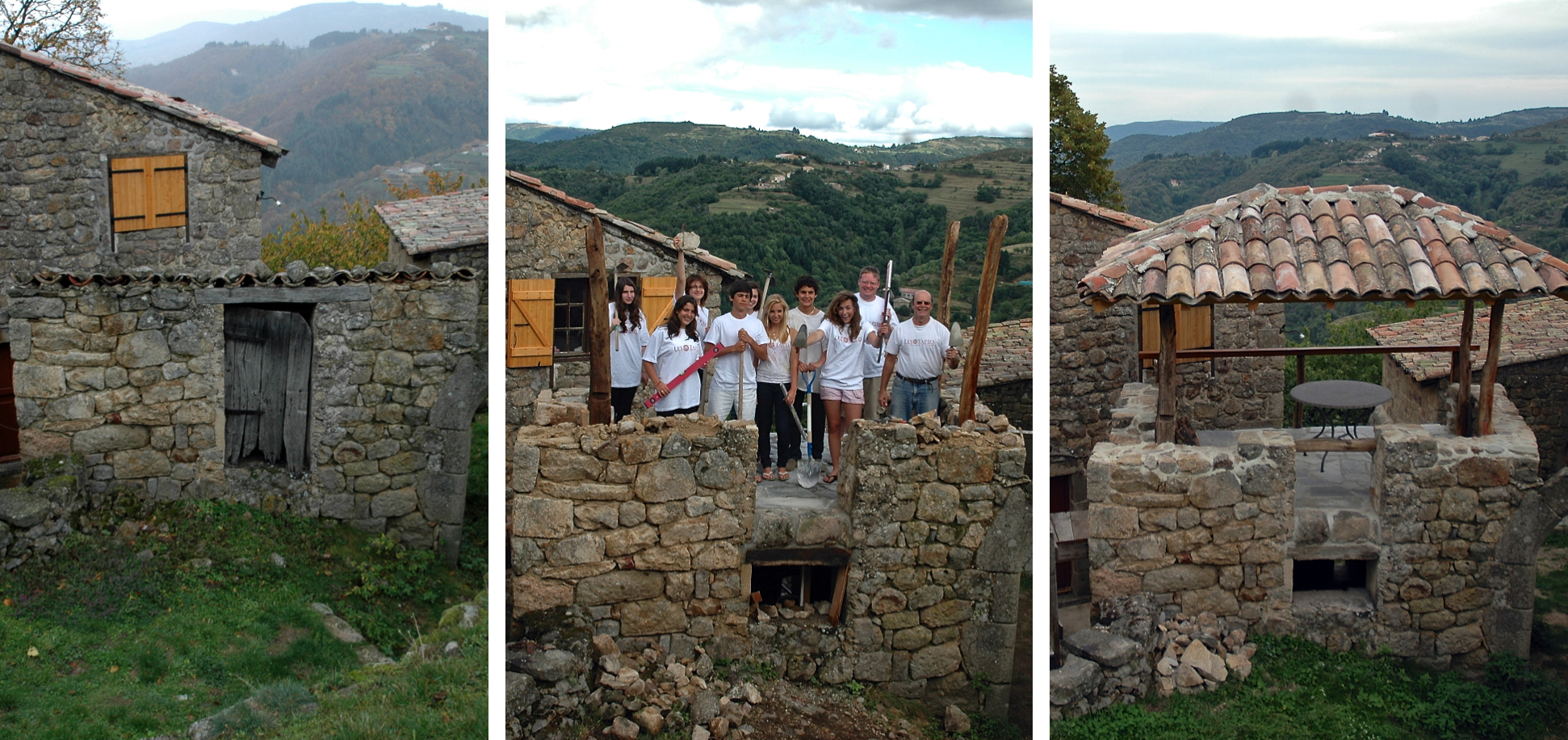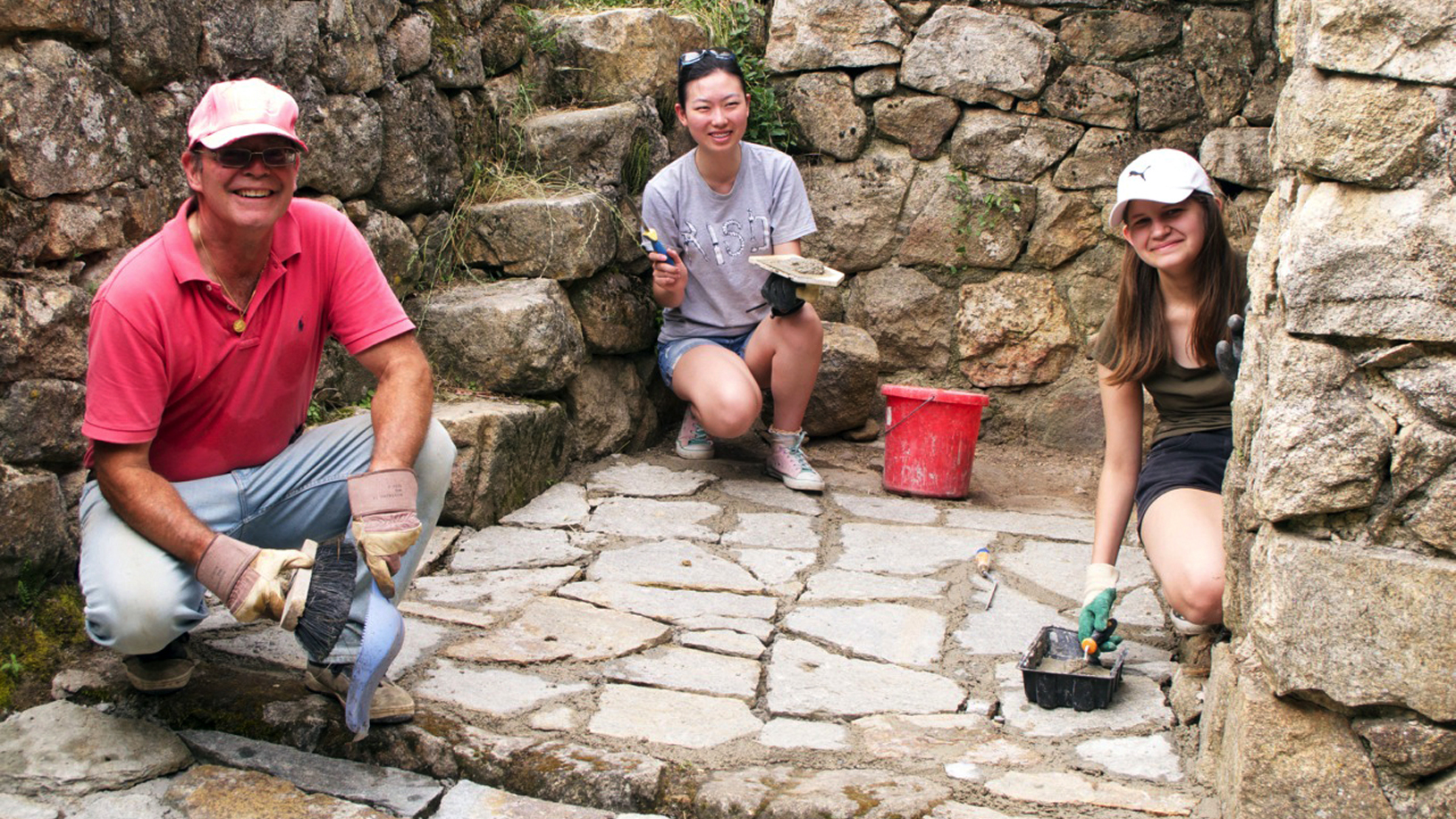Les Tapies is an intensive summer program for high school students studying drawing, painting, photography and architecture in the South of France.
program overview
Photography students on an excursion to Aix en Provence
The Les Tapies Arts and Architecture Program is designed for high school students ages 13-18 who have a strong interest in visual arts, design and/or architecture. Students focus on studio areas of drawing + painting, architecture and photography. Les Tapies also provides an outstanding cultural experience that includes a number of day excursions to some of the most vibrant cities in the region, allowing participants to soak up the rich history dating back to the Roman Empire as they walk in the footsteps of artists such as Cezanne and Van Gogh.
SUMMER SESSION 2025
Dates: July 5th - july 25th 2025
Fees: 5850 Euros
studio Course options
Courses include Drawing and Painting, Architecture and Photography.
Course options
Majors: Drawing + Painting, Architecture, Photography
Electives: Drawing + Painting, Photography, Design + Build, Art History
An architecture student presenting his designs for a project
Drawing and Painting students working outside in the landscape
Daily Schedule
| 8 - 9 | Breakfast |
|
| 9 - 1 | Major Course |
|
| 1 - 2 | Lunch |
|
| 2 - 3 | Free Time, Open Studios |
|
| 3 - 6 | Electives |
|
| 6 - 7:30 | Journals, Open Studios, Free Time |
|
| 7:30 - 8:30 | Dinner |
|
| 8:30 — 10.30 | Presentations, Films, etc. |
|
| 10.30 — 11.30 | Free Time |
|
| 11.30 | Lights Out |
PHOTO GALLERY
ABBAYE DE MAZAN - FIELD STUDY PROJECT
This summer, Les Tapies Architecture, Drawing & Painting, Photography, and Art History students will undertake a field study project examining the art, architecture, and archeology of a remote 12th century Romanesque Cistercian Abbey high in the Ardeche Mountains. We’ll explore aesthetic and functional aspects of Cistercian design traditions, stone-carving and construction techniques, and look at what daily life was like in a medieval religious community. After a study of the history of French Romanesque art and architecture, students will visit the abbey to make drawings, paintings, and photographs of the site and will construct a scale model of the abbey as it would have looked in the 12th century.
























